As someone who is looking to move into a home of my own in the very near future, a question has been sparked inside of me – How am I going to make my home as “smart” as possible? This is my plan for implementing some of my favorite products into my new home and how I will be interacting with them on a day-to-day basis.
Getting started with the front door
The Smart Home possibilities are endless, but let’s start where the home begins – at the front door. There are a lot of new options that have arrived on the market for smart home locks in the last year, but one has my eye for a variety of reasons: August, which recently launched its 2nd Generation Smart Lock.
The big benefit here is the fact that it works with both Amazon Alexa and Apple’s Siri voice assistants. This is important because while my primary device switches between iOS and Android, I want to be able to use this regardless platform.
Another big benefit with the August Smart Lock (See on Amazon) is the fact that this lock is extremely easy to install and replaces the standard deadbolt lock found on many front doors. Additionally, you will easily be able to see who unlocks the door, as well as the various times that the door was unlocked and opened.
The reason why I picked the August Lock over something like the Kwikset Kevo is due to the fact that from my research, I have surmised that the installation requirements for the Kwikset could be a bit more complicated. Additionally, the Kevo does not integrate with as many different services as the August Smart Lock does, most notably Apple HomeKit (for my iPhone) and Amazon Alexa.
The final piece of tech that I will be using on the outside of my door comes from the folks at Ring. While we already have the locks taken care of, I want to see who’s coming to the door if an unexpected guest arrives (even if I’m not home).
The Ring Video Doorbell (See on Amazon) system are some of the best on the market and offer an excellent solution to the “traditional” doorbells which have graced doorsteps for years. Instead of opting for the standard Video Doorbell 2, I’ll be springing for the Video Doorbell Pro, which is priced at just $50 more than the Doorbell 2.
As for the reason behind my decision, it’s mainly because of the advertised Advanced Motion Detection, as well as the fact that the Doorbell Pro offers 5GHz network connectivity. It’s also cool that there are a few extra color options available, so I can keep everything matched up with the outside aesthetics and the Doorbell Pro won’t stick out like a sore thumb.
Once we’re in the house, where to next?
Smart lights, smart lights everywhere
It’s nice to see when you walk in your house, so let’s talk about smart lights. More specifically the Philips Hue lineup (See on Amazon), which has turned into the best smart home light lineup on the market, although we are seeing more competitors in this space, such as LIFX.
While on paper the LIFX Smart Light Bulbs (See on Amazon) may be the better option due to the larger light color temperature range and the act that you don’t need a hub, the Philips Hue offers an overall system thanks to the included hub. The LIFX works strictly over Wi-Fi, so there’s more of a chance for something to go awry. Plus, the wattage is a bit lower, so Hue bulbs will be a bit more friendly on our electric bill every month.
Another big reason to go with the Hue kit versus LIFX comes down to cost. A four pack of the LIFX Mini smart light bulbs are priced at around $160, while the Philips Hue 4-pack is priced at just $50, which will definitely save us some money when we are putting the smart home together.
While the Philips Hue lineup requires you to use a hub for everything to work together, this hub is capable of controlling up to 50 different lights, so every area in your house is covered. There are even light strips and switches that can connect to this hub so that as soon as I’m in the driveway, I can make sure that the lights are on so I don’t trip up the stairs after I make my way into my home.
From there, I can use my smartphone to turn on the lights to any room I’m about to enter, and then just as easily, turn those same lights off. As is the case with most of the options you’ll read about today, the Philips Hue system is also compatible with iOS or Android so that I have the best of both worlds whenever I decide to switch phones up.
Now when it comes to trying to plan everything out in terms of cost, it’s important to think specifically about how many light bulbs are found in my home, to see if I’ll need more than just one Philips Hue Hub. Starting with the basics, the home has 3 bedrooms and 3 bathrooms, along with a finished basement, kitchen, living room, dining room, and hallways.
So at the bare minimum, we’re looking at between 20-30 different light bulbs (if we’re being generous and including my office setup), which will be the perfect amount for just one Hue Hub. Plus, I will have some room to grow in case I decide in the future to add some extra accent lights around the house like behind my TV stand or somewhere else.
Google Home Galore
You knew it was coming at some point in time, but in my living room, I’ll have a Google Home Max (See on Google) placed on the mantle. While hi-fi audio is awesome, this will also act as the main “hub” for me to control my products when I’m either doing chores and need a reminder to go pick up some milk or get ingredients for dinner.
Keeping with the smart speaker trend, I will have various Google Home Mini (See on Google) speakers placed in rooms around the house. While I likely won’t have one in every nook and cranny, there will be a Google Home Mini placed in my bedroom, office, basement, and of course, the kitchen.
While the Amazon Echo lineup was “there first”, I’m a huge fan of the design offered by the Google Home Mini lineup and don’t really need a smart speaker with a display. Well, at least until Google releases one of its own to compete with the Amazon Echo Show.
The price point offered by the Google Home Mini is extremely appealing and the different color options allow me to match the speaker to the decorations in each room. At $50, this is just too great of a way to get entrenched in the world of a smart home as I can control most of my smart home products with the help of Google’s latest products and Google Assistant.
Ultimate Smart TV Experience
As for other products found in the living room, we obviously will have a smart 4K TV as the centerpiece for entertainment with a smart speaker bar. As for specifics, I have my eyes on the recently announced TCL 6-series TV (See at Best Buy) which is powered by Roku OS, so I’ll have access to all of my favorite TV applications.
Going along with this will be the Roku Smart Sound Bar which has also been recently announced and allows you to control your TV with your voice, while also delivering some great sounds. This may not be the first choice for some, but Roku offers some of the best smart-tv experiences, and that’s why I’ll be using this set up for my TV.
Behind my TV, I will have some LED light strips which are smart in their own right. There are offerings from NexLux, LedGlow, and Loominoodle, but NexLux (See on Amazon) seems to be the best option here as there is an add-on Wi-Fi module, which will make controlling your light strips a breeze.
Of course, these lights will perfectly accent the content playing on your TV, which will create an immersive experience that is unheralded and pretty awesome. Watching movies at night will be an amazing experience and will definitely turn some heads when folks come over for a party or to just hang out.
Keeping the temp
Speaking of when folks are coming over, this brings us to keeping the house at a comfortable temperature to make sure that nobody is too hot or too cold while the party is going. This means we’ll need to get a smart thermostat, and my favorite option comes from Ecobee.
The other obvious option for smart thermostats comes from Nest, however, there is one key feature of the Ecobee system that pushed me over the edge. The Ecobee4 (See on Amazon) includes various sensors which will help you better control the temperature in each room of your home. While the Nest is still a great option, controlling specific room temperatures is extremely important, especially if you’re trying to save a few bucks every month.
The idea of being able to have your thermostat automatically set for certain times of the day is something that truly excites me. Being able to walk into a warm house during the Winter or a chilled house during the Summer after being gone all day, is an absolute dream. Who likes having to wait for the house to cool down or warm up after being gone for the day?
What about the kitchen?
We’re not going to do much in the Dining Room other than having a few smart lights to turn things on when dinner time arrives, so we’ll move into the Kitchen. There are a lot more random products that have been created for a smart kitchen than you may expect, including refrigerators, crock pots, decanters, and even smart plates and trash cans.
LG and Samsung are the two manufacturer’s who have created the “most popular” smart refrigerators, and I’ll be opting for the LG Door-in-Door refrigerator (See at Best Buy) over other options. This is mainly because I don’t want my fridge to be “too” smart, but there is an accompanying application that will give you a heads up when things aren’t working properly. This gives me a leg up on keeping up with the maintenance, instead of trying to guess why all of my frozen food is no longer frozen and spending a boatload of money on diagnostic costs.
When it comes to packing the fridge, Amazon has created a couple of pretty sweet accessories that make ordering foods (and other products) with ease. The Amazon Dash Wand (See on Amazon) would be my first choice because while you can use Alexa with this little wand, you can also scan specific items and add them to your shopping cart. Plus, when you purchase one for the first time, you’ll get your $20 back in the form of AmazonFresh credits which will come extremely handy with trying to fill my house with food.
One of the more intriguing options that I found while doing my research for my perfect Smart Home was a Smarter Coffee Maker from Firebox. This coffee maker allows you to pre-fill the canister with up to 12 cups of coffee, and you can set up different actions from the application to start brewing at different times. Even cooler is the fact that you can choose just how strong you want your coffee from your phone, so you don’t have to worry about being stuck with some weak brew.
However, sometimes after you’ve had a few too many cups of joe, you want to reach for a glass of water. The problem that I have is that tap water tastes a bit funky to me, leaving me to use a Brita pitcher with a built-in filter.
The Brita Infinity Smart Water Pitcher (See on Amazon) not only keeps your water fresh, but also keeps track of how much the pitcher is used, filter quality, and more. The pitcher will also automatically order replacement filters from Amazon, if that’s the kind of thing that floats your boat.
Into the Office
Now that we have the main floor covered, it’s time to move onto the office. Considering the fact that I currently work from home, this is probably the most important aspect of my entire setup. So we’ll go over the entire set up to share how everything works together, while sharing a bit of how I work.
The centerpiece of the entire office is my Uplift Standing Desk. The reason for my choice of the desk from Uplift is simply due to the customization options that are offered by the company.
You can select the size, style, frame color, grommets, and even things such as wire management kits, privacy panels, or VESA-compatible monitor arms. This is absolutely amazing as you don’t have to “settle” for missing out on something or having to jerry-rig something after the desk arrives at your home. Hell, you can even decide to purchase a reliable office chair from Uplift if you choose to do so.
As someone who is capable of working on the go, I’m not one who will choose to upgrade my setup to one of those fancy new iMac Pro (with a $5K price tag). Instead, I’ll stick with my MacBook Pro which is connected to a 27-inch IPS display and sits on a nice mStand laptop stand when in use. The benefit here is that if I want to go do some work on the back porch or in the dining room, I can just unplug my laptop and go.
This isn’t the greatest set up for hardcore gaming, but that’s not really my forte as it is. This is extremely relevant when looking at my keyboard and mouse selections, as I have the Apple Magic Keyboard 2, MX Master 2S, and Apple Magic Trackpad 2. These fill all of my needs when working or even playing some Minecraft in my spare time.
If you haven’t already been able to tell by now, but I’m a huge fan of having customizable lights at my disposal, and that brings us to lighting in the office. We’ll have various standard white Hue bulbs installed for general lighting. But since there are times where videos or photos need to be taken, some accent lighting would definitely be beneficial.
This involves installing a Philips Hue light strip along the back edge of my Uplift desk for some awesome accents. These are, of course, completely customizable and I can set them up to change as I see fit, depending on my mood, or the type of photo I’m trying to take. Plus, a little Google Home Mini will have a home on my desk so that I can access Assistant whenever I need to in case I need to change of the lighting arrangements while setting up to take another picture.
To add some extra effects to my desk, I’ll have an Edison bulb set up on the corner of my desk, which will be plugged into a Wemo Smart Plug (See on Amazon). This will allow me to turn on or off my desk lights as I see fit from my smartphone, without needing to worry about trying to find the actual switch on the light.
The final aspect that I would add to my office is some more accent lighting on my walls to really spice things up. This is where the Nanoleaf Rhythm (See on Amazon) kit comes into play. Chances are that some of your favorite YouTubers have been using these for a little while, and each of these panels is capable of changing light colors, creating either a unique or uniform design on your wall.
Best of all, and keeping with the smart home theme, you can use Google Home to control these light panels, so you can easily turn them on or off, or change the color pattern. While each box features 9 panels, the included hub can support up to 30 panels in case you decide to expand to fill even more of the wall in the future.
What about you?
I’ve detailed how I would build my perfect smart home, but we know that there are a lot more products to consider. That’s where we want to hear from you. If you have already started turning your home into a smart one, let us know some of your favorite products.
Maybe you are in a similar position to myself and are still in the planning process of things, so let us know how you might do things differently, or if you think that we have the bases covered here. Just sound off in the comments below and share your thoughts!

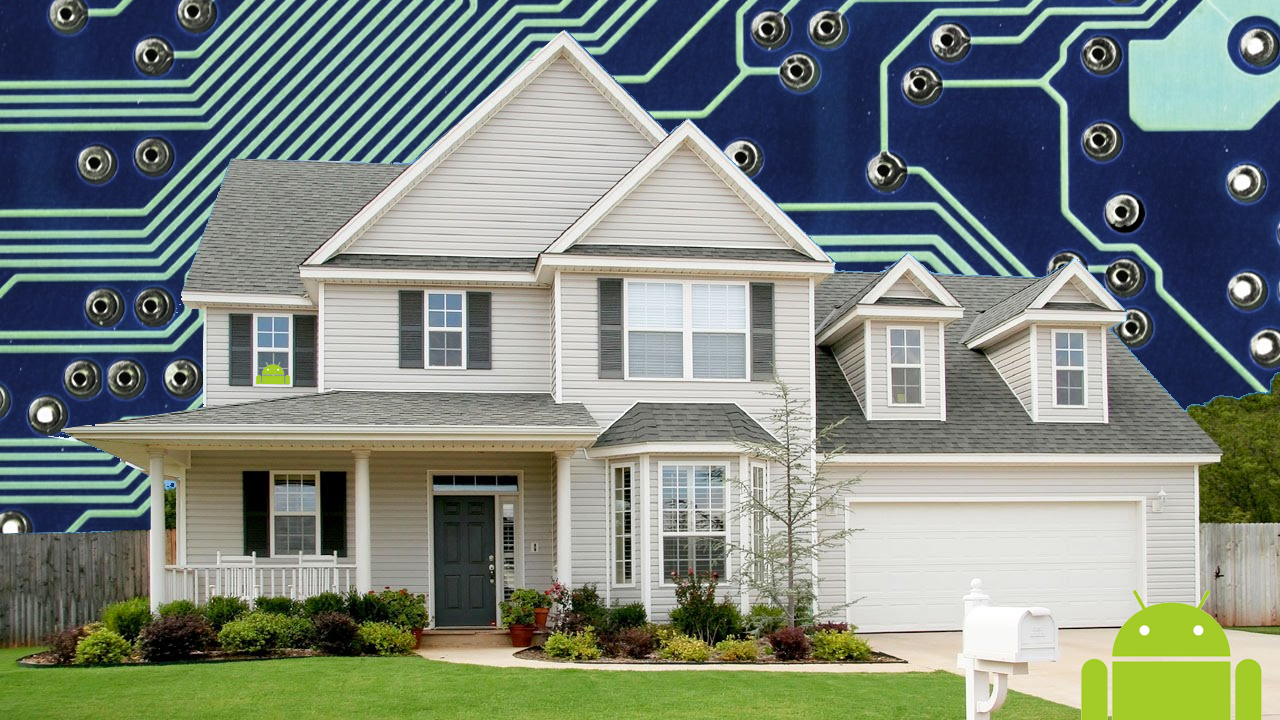
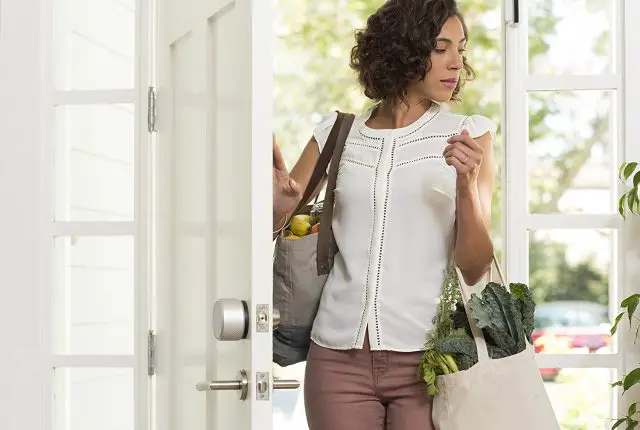
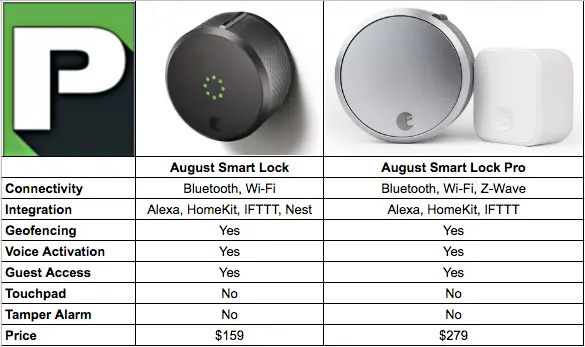
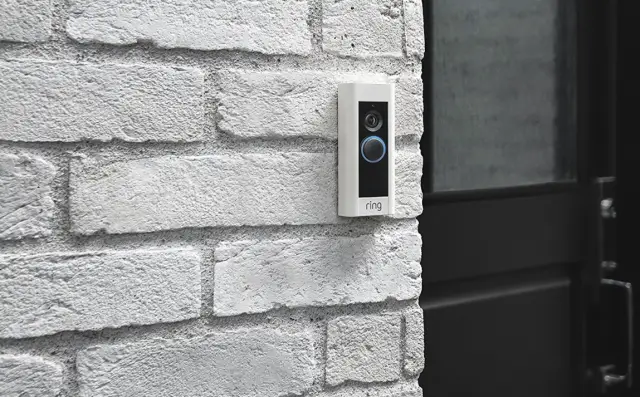
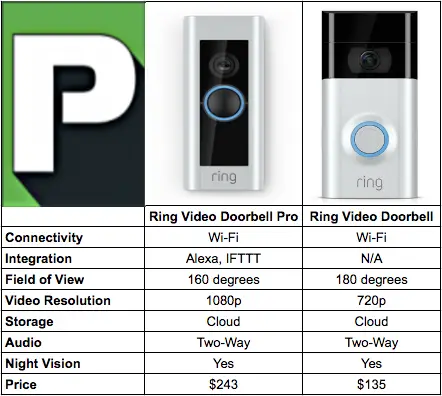
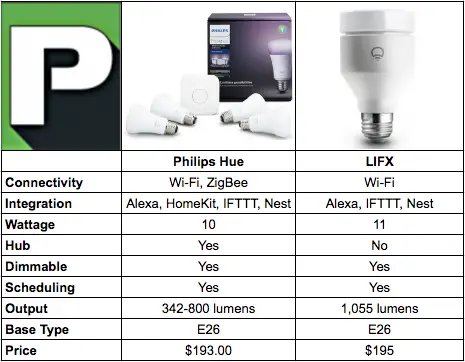
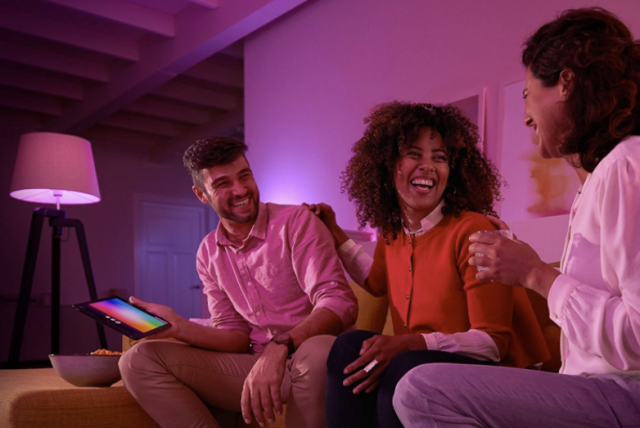
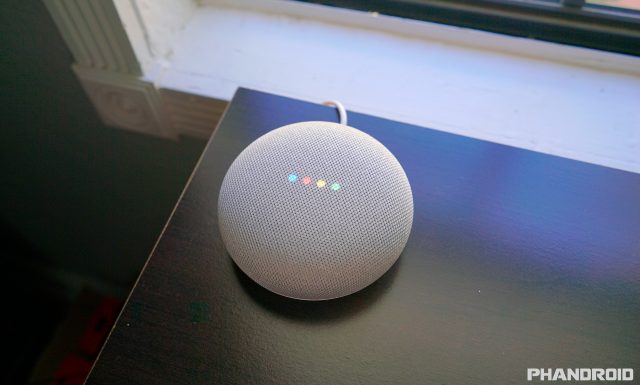
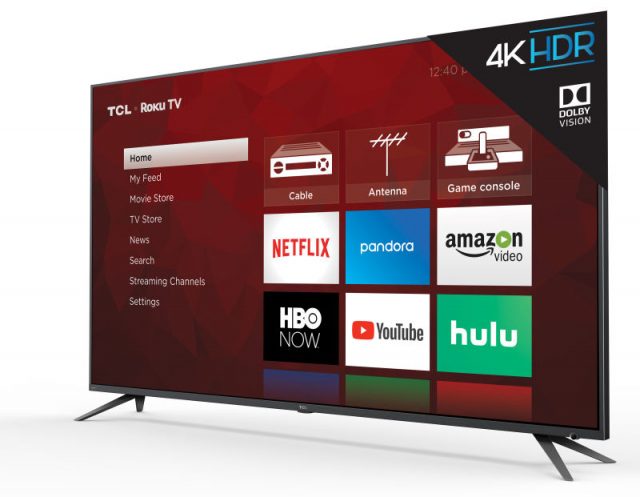
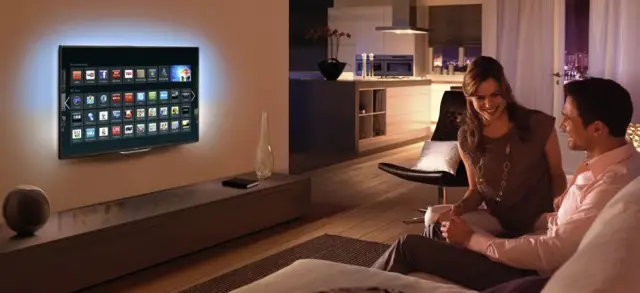
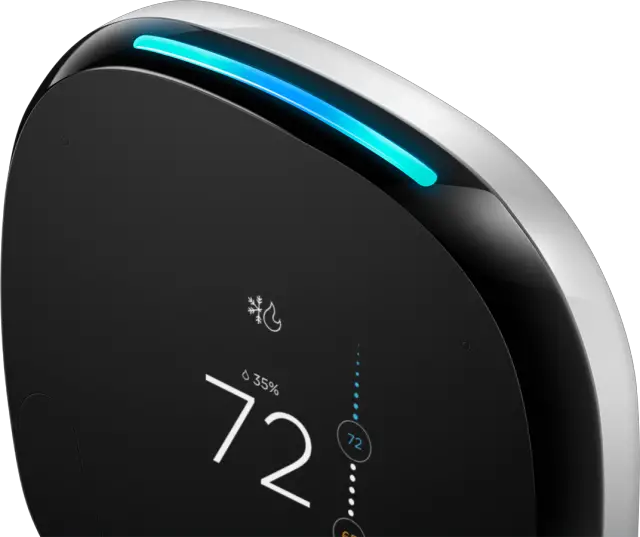

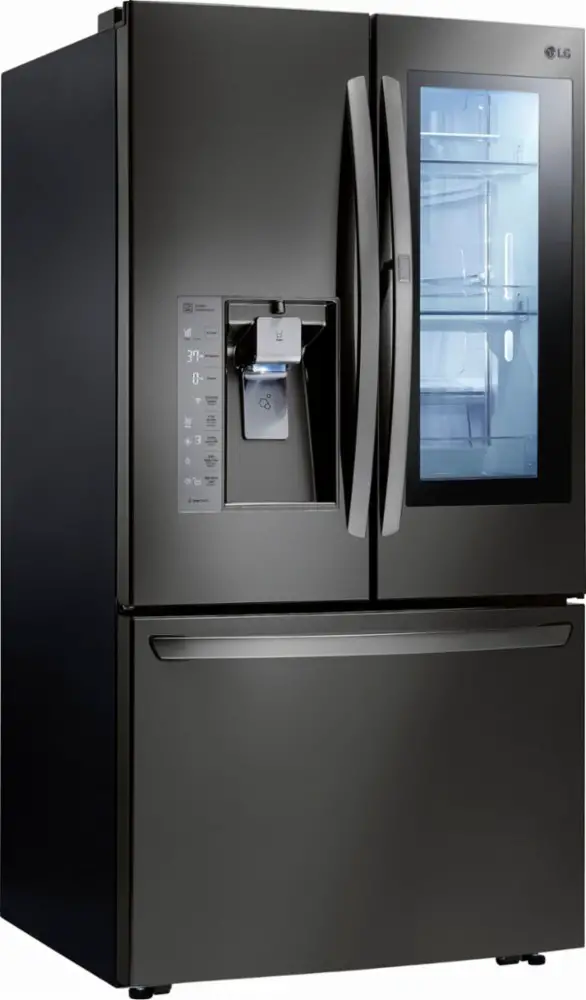
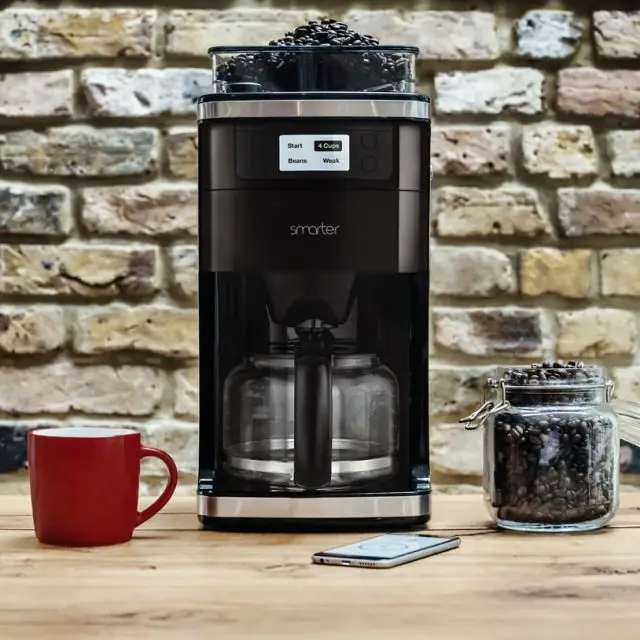
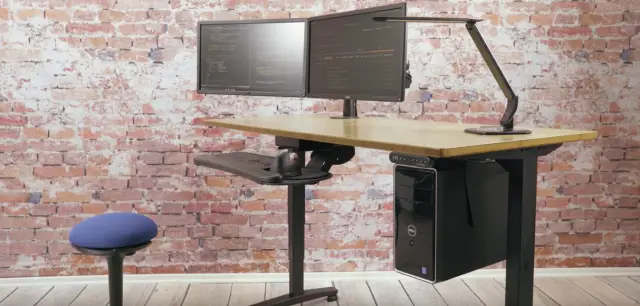
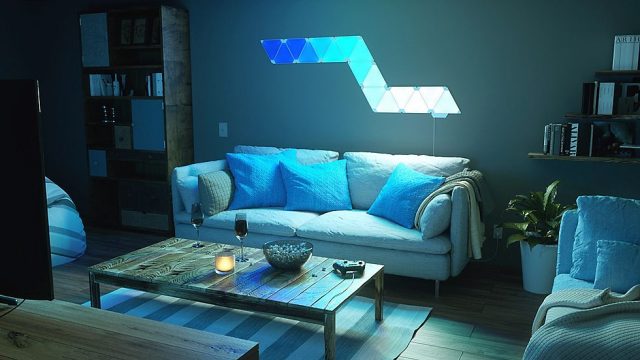
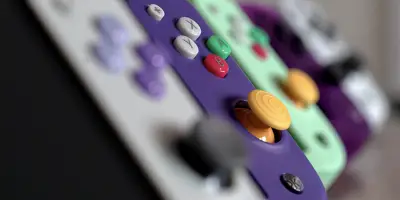
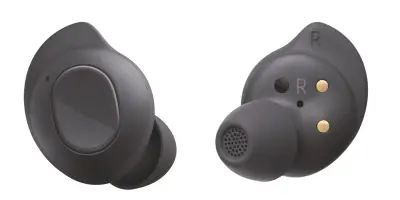

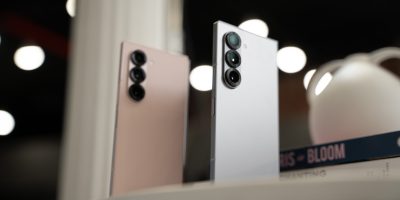





Comments